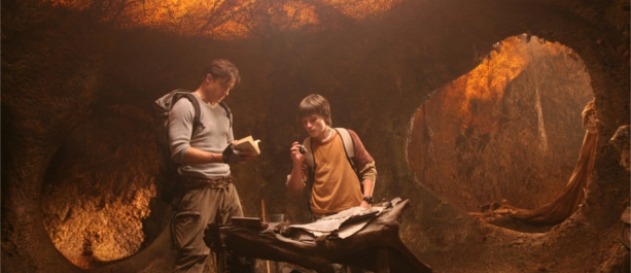
A lone, rugged dust-covered explorer, the geologist is a ready-made movie hero.
Consider the maverick volcanologists in Journey to the Center of the Earth and Dante's Peak, portrayed by handsome leading men Brendan Fraser and Pierce Brosnan—these earth-based scientists are a romanticized lot, often portrayed in movies backpacking through forbidding terrain and fighting against the wilds of nature. After all, how many physicists, biologists, or neuroscientists do you see packing 9mm pistols and venturing into the far reaches of Kazakhstan in search of oil, or standing atop an active Hawaiian volcano amid flows of molten lava?
"It's important to remember that a lot of geologists do stuff like that," says Grainger David, a NYU graduate film student who recently won a $50,000 prize from the Tribeca Film Institute and the Sloan Foundation for his geology-infused screenplay Penny Stock. "They go into exploration geology, because they crave that kind of adventure in their everyday lives. And I think that's inherently cinematic."
David learned about the thrilling life of exploration geology while working as a journalist for Fortune Magazine. He wrote articles about privately financed space explorers and a world-renowned primatologist, but his most memorable story was covering a gold mining boom in Mongolia ("The Great Mongolian Gold Rush"). "It was a fascinating, inspiring adventure, and stuck with me for a long time," he says.
While David allows that his script, which follows a geology professor who risks his livelihood to look for a diamond deposit in Canada's Northwest Territories, is inspired by "Indiana Jones type tales," he says, "at the same time, it was important for me to have that story also be realistic. And that can be inspiring and dramatic in its own way."
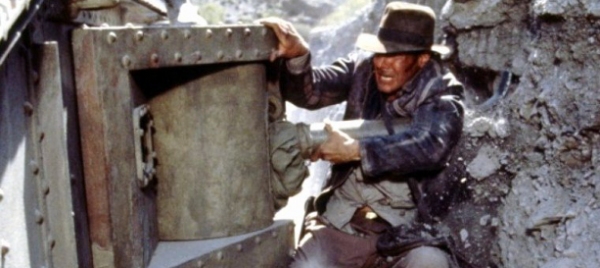
John Van Hoesen, an Associate Professor of Geology at Vermont's Green Mountain College, agrees that many geologists pursue their careers with a spirit of adventure. "There is obviously a spectrum," he says. "But many people who end up in the profession are wanderers, and want to see the world and want to be outside, and perhaps aren't as excited at the typical 9 to 5. And there is a freedom that comes with that."
Van Hoesen, who himself has traveled from the Northern Yukon to Chile, where he studied the chemical composition of the paint on 7,000-year-old mummies, confirms there are plenty of "exploration geologists" who travel to faraway places and "live in tents for months," "in search of whatever is that they're in search of."
While Michael Velbel, a professor of Geological Sciences at Michigan State University, spends lots of time in the lab, doing work that he calls "dull, slogging, boring stuff," he admits that "there are eureka moments now and then"—which is what he believes popular culture captures well.
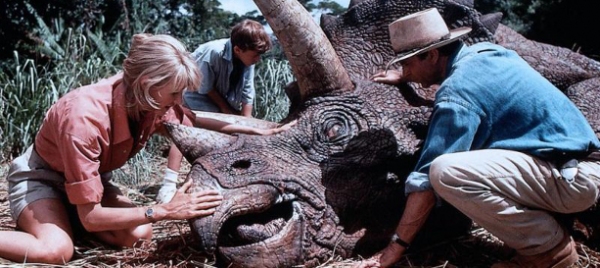
"I'm pleased to see movies where the geologists are following their curiosity and trying to come up with answers," he says, citing Fraser's character or Aaron Eckhart's geophysicist in The Core.
For Velbel, one of the most resonant moments in science fiction cinema is when Sam Neill's paleontologist in Jurassic Park first steps out of his jeep and sees the dinosaurs, and says, "They travel in herds."
"For those of us who appreciate that the historical side of geology is about trying to figure out the way things worked in the past from very fragmentary evidence, and he gets a chance to see if he was right," he says. "It's deeply moving. That's what we all hope for, and most of us will never get it."
As for the representation of the actual science, the reviews are mixed. Some films get it right: Dante's Peak's volcano eruption isn't half-bad, according to many, with an accurate visualization of the initial vertical explosion and the subsequent ash cloud (though the lava would never flow as fast as seen in the film) and Paul Thomas Anderson's There Will Be Blood is widely appreciated for its realistic depiction of early 20th century petroleum geology and reservoir engineering, but there exists some debate about whether oil would feasibly appear in a silver mine. (The mine's hydrothermal activity would probably drive off the oil's hydrocarbons.) But for most others, as Velbel puts it, "In terms of factual accuracy of the way a movie portrays the physical science of nature, I've given up on that. My expectations are so low."
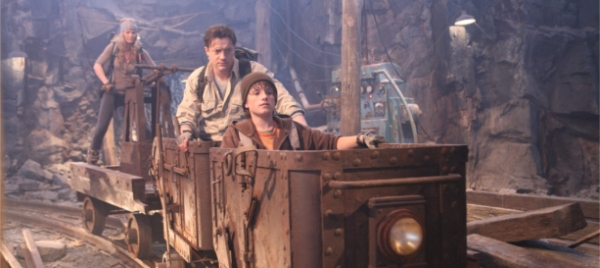
Most geologists, for example, are quick to criticize The Core (2003), about a team of researchers who drill down to the Earth's core to set it spinning again with a nuclear explosion, and Journey to the Center of the Earth (2008), based on Jules Verne’s classic 1864 novel. Not only is it technologically preposterous to burrow inside the earth's deepest reaches—the world record was set last year when ExxonMobil drilled to a depth of about 7.67 miles, which is barely .2% of the earth's radius—but there would be little wiggle room or hollow spaces to pass through, with the dense mantle experiencing pressures some 3.5 million times than that of the Earth's surface.
Van Hoesen, who teaches a course on geology and film, finds it particularly frustrating that contemporary geological movies repeat the same mistakes as those made decades ago, in films like the original 1959 version of Journey or 1976's At the Earth's Core—with their cavernous spaces and magical hidden worlds existing miles below the Earth's surface. "Twenty-five years ago, prior to our understanding of plate tectonics, I'll let it slide," he says. "But in a movie that comes out in the 2000s and doesn't have a scientist on staff to better articulate the science, they're just ignoring it."
"Our understanding of the earth and the earth's processes are so much better than 10 years or 30 years ago," continues Van Hoesen, "but we continue to propagate the same myths and misconceptions."
One common error, notes Mike Palin, a geology professor at New Zealand's University of Otago, is to show that the interior of the earth is molten, when, with the exception of the outer core, most of it is as solid as, well, a rock. "As a geologist, I know it isn’t [molten]," he says. "But if we show a movie that doesn’t have a lot of hot magma inside the earth, it's going to upset the common perceptions."
In the more recent Journey to the Center of the Earth, Palin cites one egregious moment that made his "skin crawl." To get out of the earth's core, the team ignites magnesium in a rock. "But the problem is that magnetism is bound with oxygen and silicon in rocks," he explains. "So it's not like elemental magnesium, which is quite flammable. You could put an atom bomb next to magnesium in a rock and it's not going to do anything. I guess at least they mentioned a real chemical."
Palin, a geochemist who previously worked in mineral exploration, appreciates the real science at the heart of David's Penny Stock project. "The basic idea is geologically valid," says Palin. "There has been a 'diamond rush' in northern Canada since the early 90s. The mines can be incredibly rich—worth up to a billion dollars—but are extremely difficult to locate."
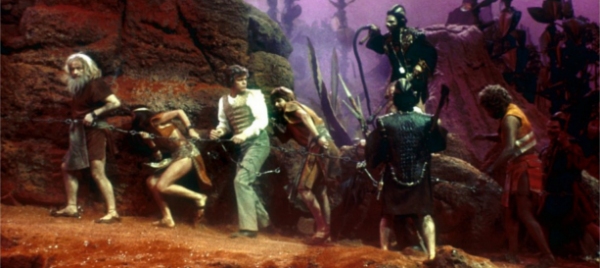
According to David, a central "plot twist" in Penny Stock—spoiler alert—comes from the geological fact that diamond deposits were scraped out of the earth by large glaciers, and hence could be discovered far from their original source. In David's script, the protagonist's journey hinges on the discovery that the diamonds he and others are searching for have been pushed along not just by one, but a second glacier, moving in a completely different direction.
"I like it," says Palin—and not simply because the script appears to accurately reflect mineral geology, but also in the way it presents the maverick spirit of his profession.
"Whether you work in the mineral industry or geologic research," he explains, "there are always folks who are going counter to the [conventional wisdom], and it's quite often the case it will take persistence and looking at something different—and they'll actually be the ones to make the breakthrough."